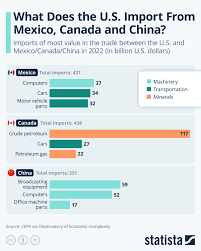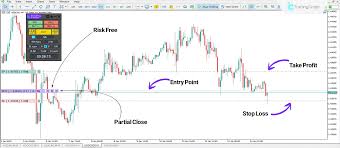An Overview of Canadian Tariffs and Their Impact

Introduction
Canadian tariffs play a crucial role in the country’s trade policy, affecting economic relationships both domestically and internationally. With ongoing discussions about free trade agreements and the impact of global supply chains, understanding these tariffs has never been more significant. Recent developments in tariff regulations reflect the government’s strategy to protect domestic industries while navigating complex international trade relations.
Current Tariff Landscape
As of October 2023, Canada maintains a variety of tariffs that cover numerous goods. The average Most-Favored Nation (MFN) tariff rate is around 4%, which is relatively low compared to global standards. However, certain sectors, such as dairy, poultry, and eggs, are subject to higher tariffs intended to protect local farmers from foreign competition. For example, tariffs on dairy products can range from 200% to 300%, illustrating the government’s commitment to safeguarding Canadian agricultural interests.
Recent Changes and Impacts
In recent months, the Canadian government has been updating its tariff schedule in response to changes in global trade dynamics and domestic economic pressures. In mid-2023, new tariffs were imposed on certain steel and aluminum products imported from countries deemed to be engaging in unfair trade practices. This move not only aimed to protect Canadian producers but also aligned with the broader strategy of enhancing national security.
Additionally, with the ongoing fallout from global events like the pandemic and geopolitical tensions, Canada’s approach to tariffs is evolving. For example, the government is increasingly focused on tariff waivers for specific critical goods, especially in the tech and healthcare sectors, to ensure continued access to essential imports.
Conclusion
The implications of Canadian tariffs extend beyond mere numbers; they influence economic growth, consumer prices, and international relationships. As Canada continues to reshape its trade policies amid global changes, it is essential for businesses and consumers to stay informed about current tariff rates and possible upcoming changes. Industry experts forecast that continued advocacy for free trade will challenge current tariff structures, pushing towards a more open market. For readers, understanding the nuances of Canadian tariffs will not only help gauge potential impacts on their economic interests but also provide insight into the country’s future trade landscape.









